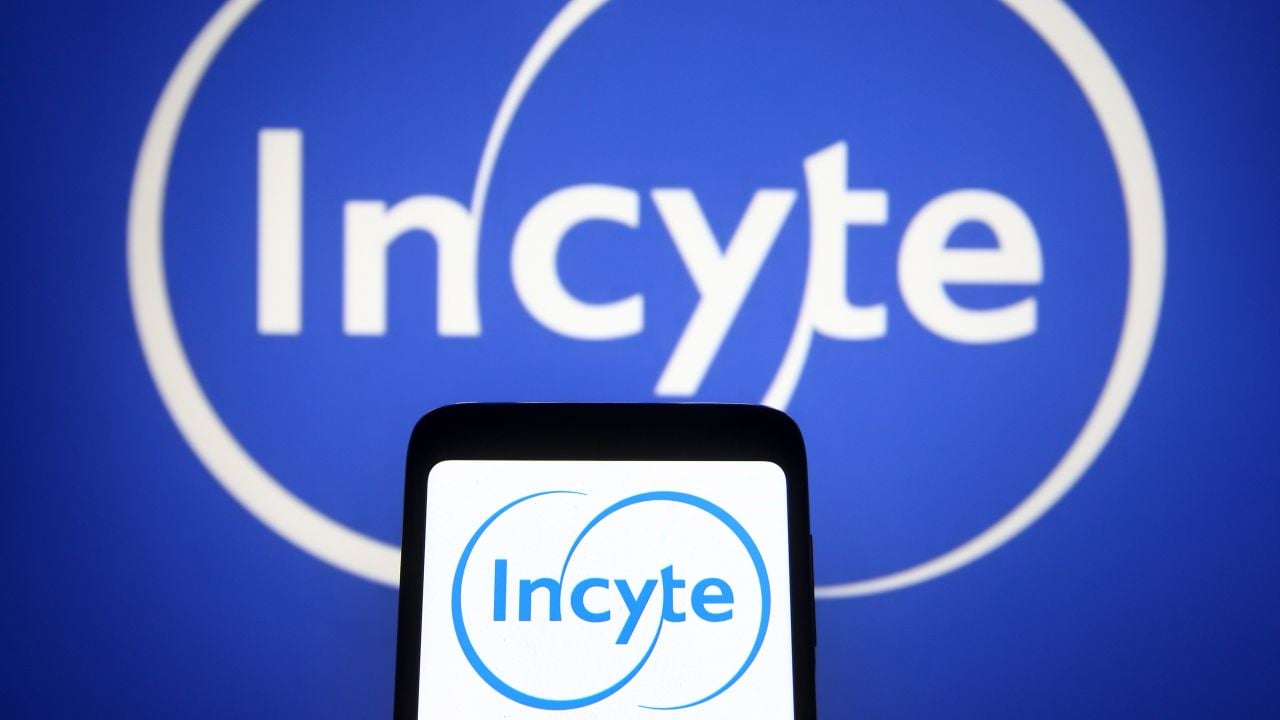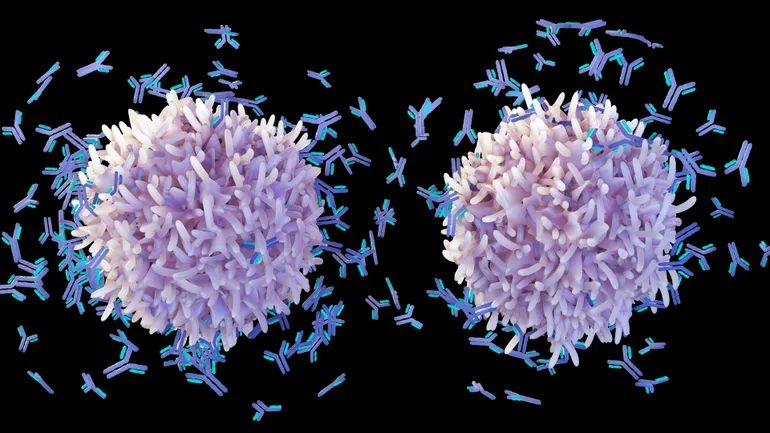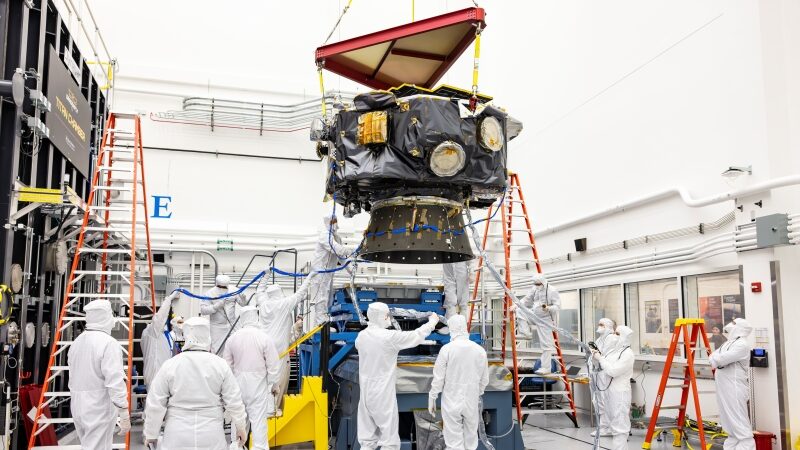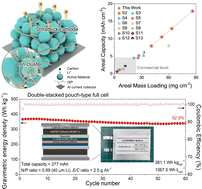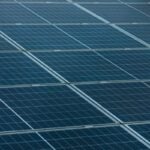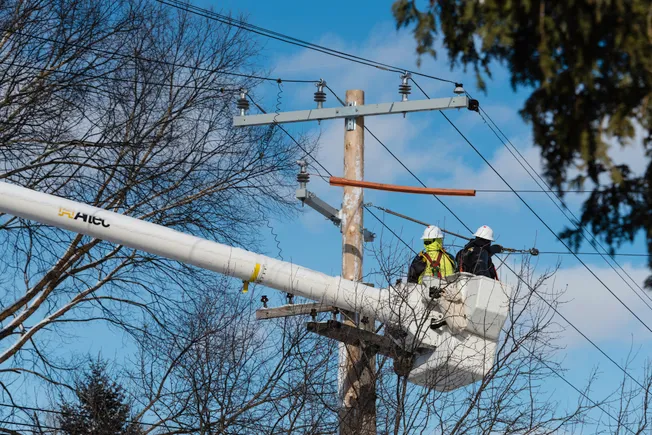Enabling Accelerated Na+ Dynamics Through Li‐Induced Electrostatic Shielding for High‐Performance Na3V2(PO4)2F3 Cathode
Advanced Energy Materials, EarlyView.

A triple-modification approach involving Li doping, carbon nanotube (CNT) incorporation, and carbon-coated aluminum foil (Al(C)) application, has been developed to improve the electronic conductivity and Na+ diffusion kinetics of NVPF. Li doping disrupts the Na+-ordering and provides an electrostatic shielding effect, while CNTs network and Al(C) enhance external electronic conductivity and reduces polarization. These integrated approaches significantly improve Na+ diffusion kinetics to achieve ultra-long lifespan.
Abstract
Na3V2(PO4)2F3 is an attractive cathode for sodium-ion batteries due to its stable structure, high voltage, and impressive energy density. Nonetheless, its practical application is constrained by sluggish Na+ diffusion kinetics and inferior rate capability, stemming from insufficient electronic conductivity, strong Coulombic attraction between mobile Na+ with F−, and electrostatic repulsion among neighboring ions. Herein, Li-doped Na2.9Li0.1V2(PO4)2F3 is obtained to regulate the electronic environment within Na+ diffusion channels. Theoretical calculations indicate that Li doping reduces electron density surrounding pendant F− and mitigates repulsive forces between adjacent Na+ through electrostatic shielding, facilitating Na+ mobility. Li doping also disrupts the ordered Na+ arrangement, lowering the energy barrier for ion migration. Besides, the integration of carbon nanotube network and carbon-coated aluminum foil substrate enhances external electronic conductivity and reduces polarization. In situ electrochemical impedance spectroscopy and distribution of relaxation times techniques confirm that these strategies lower charge transfer resistance during the sodium storage process. Hence, the optimized electrode delivers enhanced rate capability (75.27 mAh g−1 at 50C) and outstanding long-term cycling stability (with a capacity decay of only 0.0012% per cycle over 30000 cycles at 10C) in half-cells and excellent rate performance across wide temperature range in full-cells.
























































